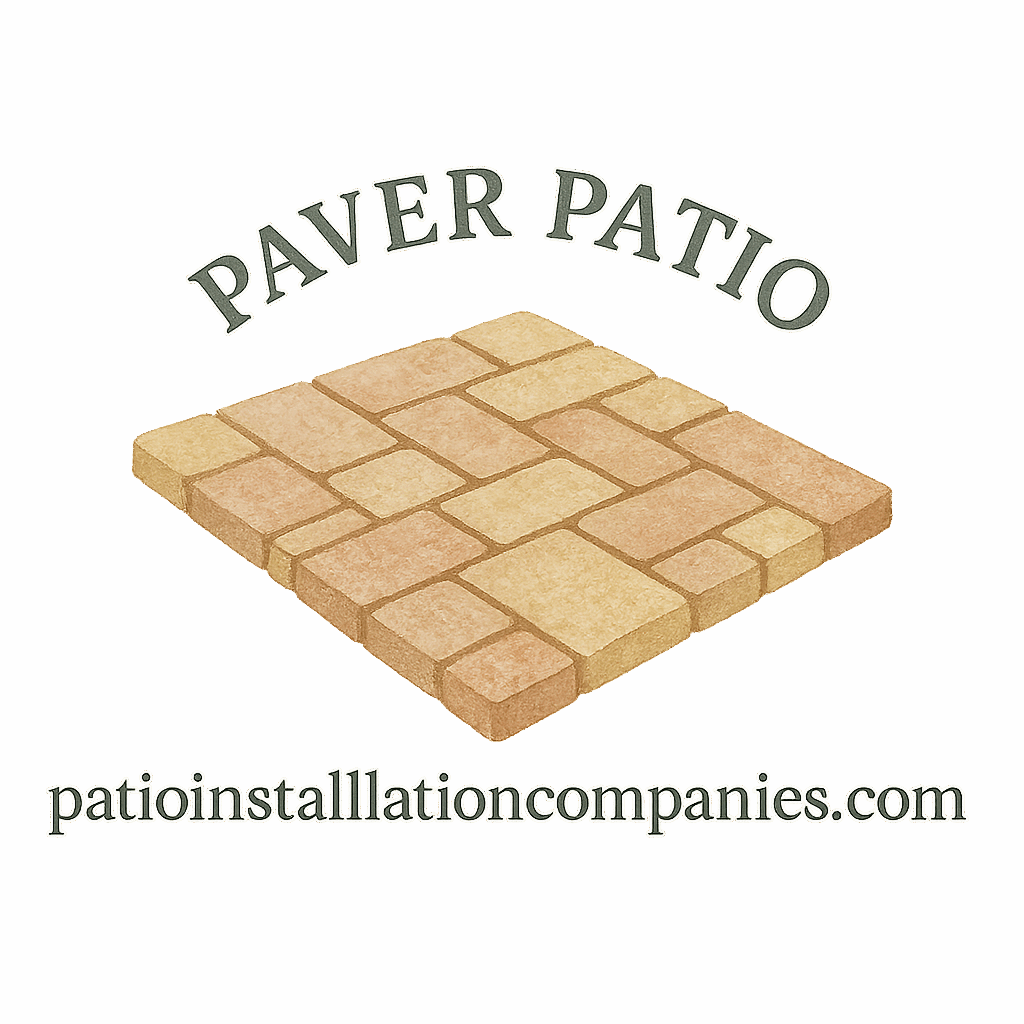Let’s be honest: A freshly installed paver patio is pure backyard bliss. But if you don’t give it a little TLC, it can fade, crack, or grow a nice patch of moss (not the cute cottagecore kind). So, how do you keep that fresh, new look year after year? Buckle up because we’re diving into 10 practical and effective ways to keep your paver patio looking like it was just installed yesterday.
Why Paver Patio Maintenance Matters
Protect Your Investment
You didn’t pour money into your patio just to watch it fall apart. Whether it was installed by a contractor or through a DIY paver installation, maintaining it ensures your dollars go the distance.
Aesthetic Appeal All Year Long
A clean patio isn’t just pretty — it’s the backdrop for summer BBQs, quiet morning coffees, and spontaneous stargazing. Regular upkeep keeps the “wow” factor intact.
1. Regular Sweeping and Debris Removal
Don’t Let Dirt Pile Up
Leaves, dirt, and debris might seem harmless, but over time, they can stain pavers and promote mold growth. A simple broom goes a long way in keeping things tidy.
Tools That Make It Easier
Consider using a leaf blower or a soft-bristle push broom. They’re faster and gentle enough to avoid damaging the surface — just avoid metal rakes that could scratch or dislodge sand.
2. Wash With a Gentle Hose or Pressure Washer
Water: Your Patio’s Best Friend
Every few weeks, hose down your patio to wash away dust and grime. For tougher gunk, a pressure washer (used carefully) can give you that fresh-scrubbed look.
When and How Often?
Seasonal washing — especially after fall or spring — helps remove buildup. Don’t overdo it with high pressure, or you could damage the sand joints.
3. Use a Quality Paver Sealer
Sealing = Shielding
A high-quality sealer acts like a raincoat for your pavers. It repels water, blocks UV rays, and guards against stains. It’s also key for enhancing color vibrancy.
How to Apply Sealant Like a Pro
First, clean thoroughly. Then, using a roller or sprayer, apply the sealer evenly. Let it cure fully. Need help? Check out your local patio installation companies for expert assistance.

4. Refill Joint Sand Annually
Why Joint Sand Matters
Joint sand stabilizes your pavers, prevents weed growth, and blocks water from seeping underneath. Over time, it erodes and needs to be replaced.
Choosing the Right Type
Polymeric sand is your best friend here — it hardens slightly after wetting, creating a firm hold and weed resistance. Want more ideas on affordable paver care? We’ve got you.
5. Address Weeds Before They Spread
Nature Loves the Cracks
If you’ve noticed a green fuzz sneaking between your pavers, it’s time to act. Weeds not only look messy but can also push pavers out of place.
Easy Weed Prevention Tips
Try natural weed killers (vinegar spray works wonders) or install weed-blocking landscape fabric during initial installation. Regular brushing helps prevent seeds from settling.
Explore more paver lifestyle maintenance strategies here.
6. Handle Stains Promptly
Act Fast with Spills and Drips
Grease, wine, oil — they love to leave a mark. And the longer they sit, the harder they are to remove. The key? Tackle them as soon as they happen.
Best Cleaners for Paver Stains
Use mild soap and water or specialized paver cleaners. For greasy spots, a bit of baking soda can absorb oil before rinsing. Learn more about paver cleaning solutions on our resource hub.
7. Avoid Heavy Impact or Dragging Furniture
Treat It Like an Indoor Space
Dragging metal chairs or dropping tools can chip or shift your pavers. Be gentle — your patio deserves the same love you give your hardwood floors.
Use Furniture Pads Outside
Outdoor-rated rubber pads can protect your patio while making furniture easier to move. Bonus: They reduce noise during those backyard gatherings.
8. Reseal Every 2–3 Years
A Refresh That’s Worth It
Even the best sealants wear down over time. Resealing every couple of years keeps the protective barrier intact and refreshes color intensity.
Need help budgeting for it? Dive into our patio cost contractor guide to get realistic estimates.
9. Monitor Drainage and Water Flow
Pooling Water = Big Problems
Water that doesn’t drain properly can erode your patio base and promote mold growth. You might not notice right away, but over time it wreaks havoc.
Simple Fixes That Prevent Erosion
Create proper slopes during installation or consider a French drain. Curious about your design options? Browse planning and design ideas before it’s too late.
10. Seasonal Patio Inspections
Take a Walk, Look Around
Spring and fall are perfect times to inspect your pavers. Look for shifting stones, staining, and any drainage issues.
Know What to Watch For
Cracks, uneven settling, moss buildup — they’re red flags that need attention. Want more visual inspiration? Browse backyard design ideas and spot what’s out of place.
Bonus Tip: Go Pro for Deep Maintenance
What Patio Installation Companies Offer
Sometimes, it pays to bring in the experts. From deep cleaning to full resealing, professional services can restore your patio without the DIY headache.
Visit Patio Installation Companies to find help or explore options like creative outdoor design and outdoor care packages tailored to your needs.
Conclusion
Keeping your paver patio looking new isn’t rocket science, but it does take a little commitment. With the right mix of regular upkeep and occasional deep care, your outdoor space will stay guest-ready for years to come. Whether you DIY or bring in the pros, a little effort goes a long way — and your backyard bliss is totally worth it.
FAQs
1. How often should I reseal my paver patio?
Every 2 to 3 years is ideal, depending on wear, climate, and foot traffic.
2. Can I use bleach to clean pavers?
Avoid it. Bleach can damage pavers and harm surrounding plants. Opt for paver-safe cleaners.
3. What’s the best sand for paver joints?
Polymeric sand is recommended for durability and weed resistance.
4. How do I prevent moss from growing on my patio?
Regular cleaning, sealing, and good drainage are key. Moss loves moisture and shade.
5. Do I need to hire a pro to seal my patio?
Not necessarily. You can DIY with the right tools, but pros offer precision and efficiency.
6. Can patio furniture damage pavers?
Yes — especially metal furniture with rough legs. Use pads to protect the surface.
7. Is pressure washing safe for paver patios?
Yes, if done carefully. Use a fan tip and low pressure to avoid displacing sand or damaging pavers.


